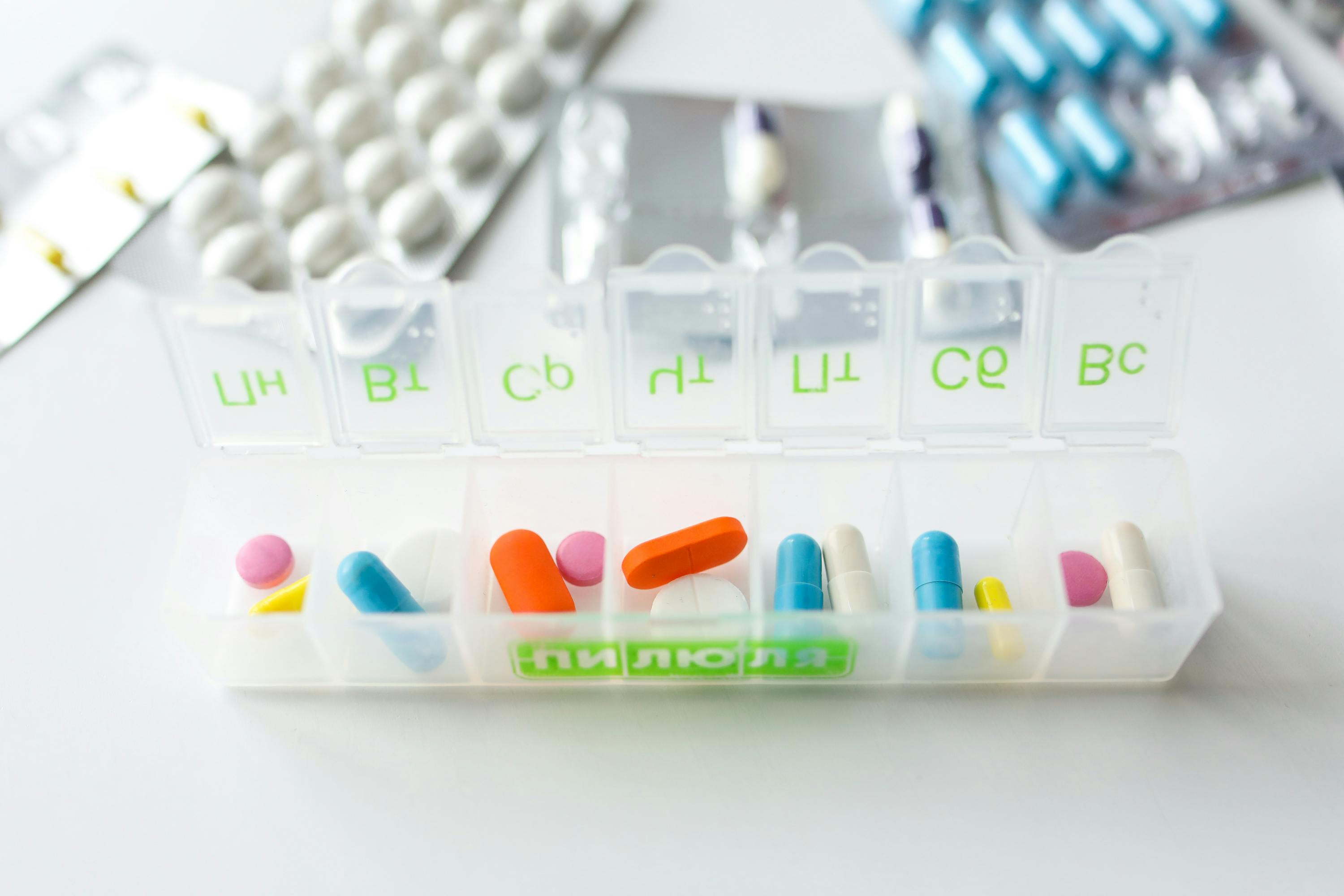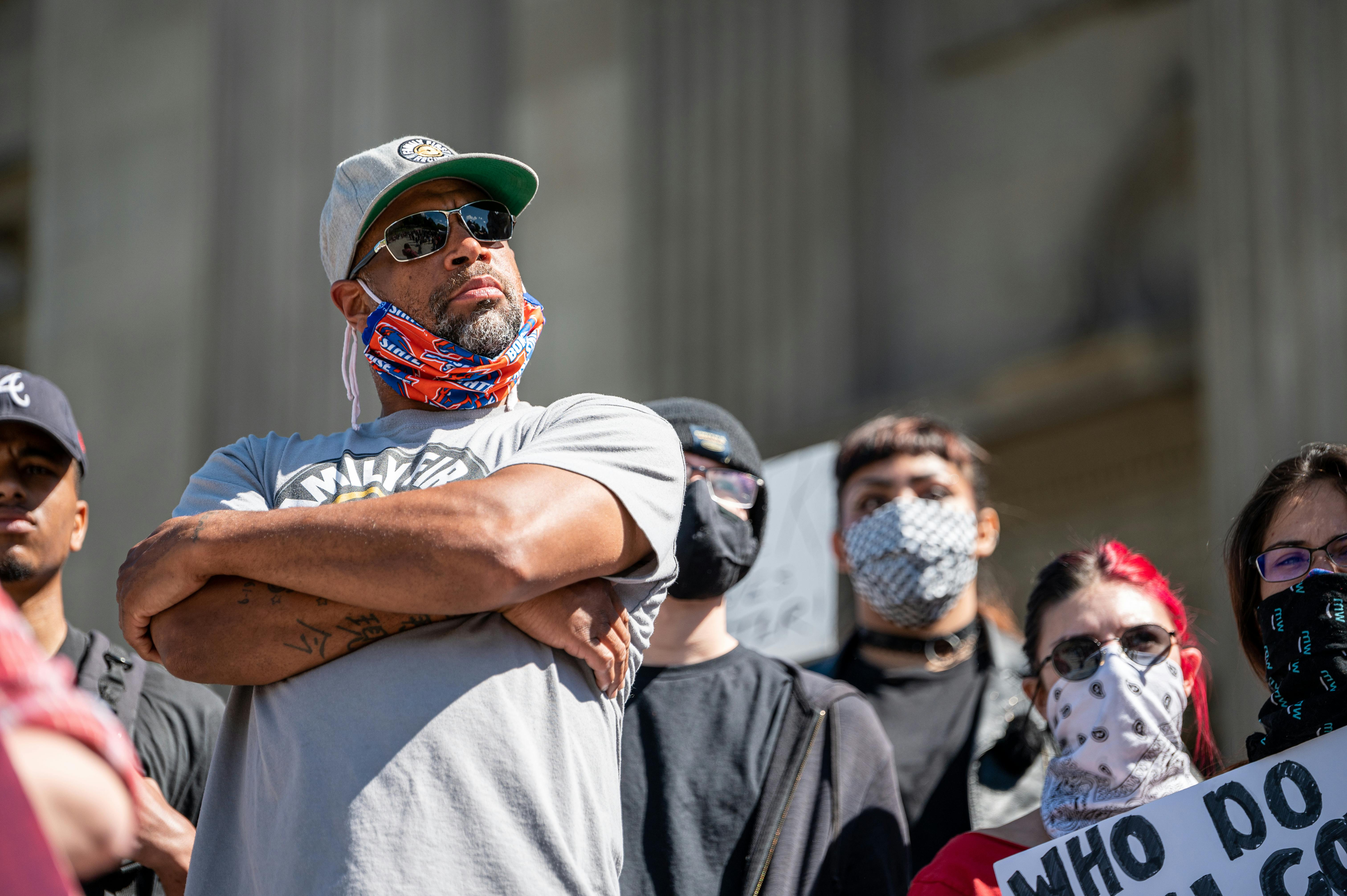
How many calories do you burn running?
admin
- 0
How many calories do you burn running?
The simplistic answer is 100 or 110 calories per mile for the average 155-pound runner.
But a group at Syracuse University found that 12 men who ran and walked 1,600 meters (about 1 mile) on a treadmill burned an average of 124 calories running and 88 walking; while 12 women doing the same workout burned 105 and 74 calories, respectively. Women generally burn less because their lighter bodies require less effort to move.
If you were to sit at home and watch TV instead of exercising, your body would still burn calories. To accurately determine calories burned during an exercise session, subtract your resting rate from calories burned.
The formula for calculating net calories burned per mile while running is to multiply your body weight in pounds by 0.75. For example, if you weigh 160 pounds and run 2.8 miles, the net calories used would be 160 times 0.75 times 2.8 miles, resulting in 336 net calories burned for this workout.
Below are tables that, depending on whether you run for a certain time or at a certain speed, may be useful.
This table sets out the calories burned by 140 and 195 pound people running for one hour:
Running 5.0 miles per hour (12.0 minutes per mile) 508 708
Running 5.2 miles per hour (11.5 minutes per mile) 572,797
Running 6.0 miles per hour (10.0 minutes per mile) 636,885
Running 6.7 miles per hour (9.0 minute mile) 699,974
Running 7.0 miles per hour (8.5 minutes per mile) 731 1018
Running 7.5 miles per hour (8.0 minutes per mile) 795 1107
Running 8.0 miles per hour (7.5 minutes per mile) 858 1195
Running 8.6 miles per hour (7.0 minutes per mile) 890 1239
Running 9.0 miles per hour (6.5 minutes per mile) 953 1328
Running 10 miles per hour (6.0 minutes per mile) 1017 1416
Running 10.9 miles per hour (5.5 minutes per mile) 1144 1594
Running up stairs 953 1328
Running 445 620
According to this program, if you run for part of an hour, multiply your calories by the number of minutes you run and divide by 60. For example, if you weigh 140 pounds and run 5 miles per hour, after 25 minutes, you burn 508 multiplied times 25 divided by 60, which equals 211 calories. If the same person ran at the same speed for 1 hour and 16 minutes (76 minutes), then 508 multiplied by 76 divided by 60 equals 643 calories.
Below is a weight- and speed-adjusted table detailing calories burned during a 10-minute run (if the alignment goes wrong, I apologize and suggest pasting it into a spreadsheet):
pounds 12 10 9 8 7 6 5:30 minutes per mile
110 66 83 91 103 116 132 149
120 72 90 100 113 127 144 162
130 78 98 108 122 137 156 176
140 85 106 117 133 149 170 191
150 90 113 124 141 158 180 203
160 97 121 133 152 170 194 218
170 102 128 141 160 179 204 230
180 109 136 150 170 191 218 245
190 115 143 157 178 200 230 257
200 121 151 166 189 212 242 272
To convert miles to kilometers, multiply them by 1.609344. For example, 2.8 miles multiplied by 1.609344 equals 4.5 kilometers.
To convert kilometers to miles, multiply them by 0.621371192. For example, 5.7 kilometers multiplied by 0.621371192 is 3.5 miles.
To convert pounds to kilograms, multiply them by 0.45359237. For example, 150 pounds multiplied by 0.45359237 equals 68 kilograms.
To convert kilograms to pounds, multiply them by 2.20462262. For example, 59 kilograms multiplied by 2.20462262 equals 130 pounds.
Although not reflected in terms of calories burned in these charts, slow running is more tiring than a natural, flowing pace.
To calculate how long it takes to burn 1 pound of body fat, where 1 pound of fat is equal to 3,500 calories, divide your weight in pounds by 50, multiply by 4, and then divide by 3,500. The result tells you how many minutes you need to run at 6 miles per hour to burn 1 pound of body fat.
For example, if you weigh 244 pounds, 244 divided by 50 equals 4.88; 4.88 multiplied by 4 equals 19.52; 3,500 divided by 19.52 equals 179 minutes; 179 minutes divided by 7 days a week equals 26. This means that if you ran 26 minutes every day of the week, you would lose approximately 1 pound of body fat per week. If you ran every other day, each session should be 51 minutes long (179 minutes divided by 3.5 days).
Although the more you run, the more efficient your body becomes and the fewer calories you burn, without a doubt running gives you a more intense workout and you lose kilos in less time than, for example, walking.
In addition to increasing your pulse rate, another benefit of vigorous exercise is that your body continues to burn calories AFTER your session is over. For example, after a 20-minute high-intensity workout, your body burns the same amount of energy at half intensity for an additional 40 minutes and is called “afterburn.”
If your weight loss efforts have reached a plateau or you just want to increase the intensity, incorporating interval training (running for a short period of time or distance) into your running routine will accelerate results. By burning even more calories in less time, speed work also increases your muscle mass and your resting metabolism so you use more calories even when you’re not exercising.
Regardless of the exercise you do, chances are your goal is to increase your metabolism, increase calories burned, and improve your fitness level. After intense exercise, your heart rate stays elevated for longer and takes longer to recover than after a leisurely walk. Having said that, a leisurely walk may be more appropriate for an unfit person and is much better than no exercise at all.

